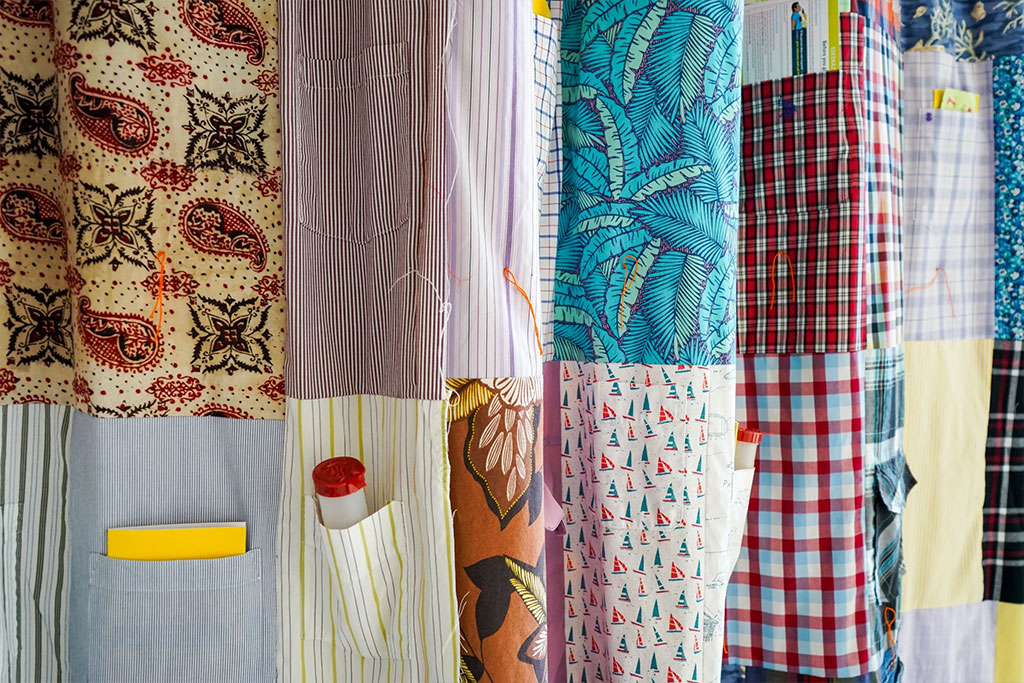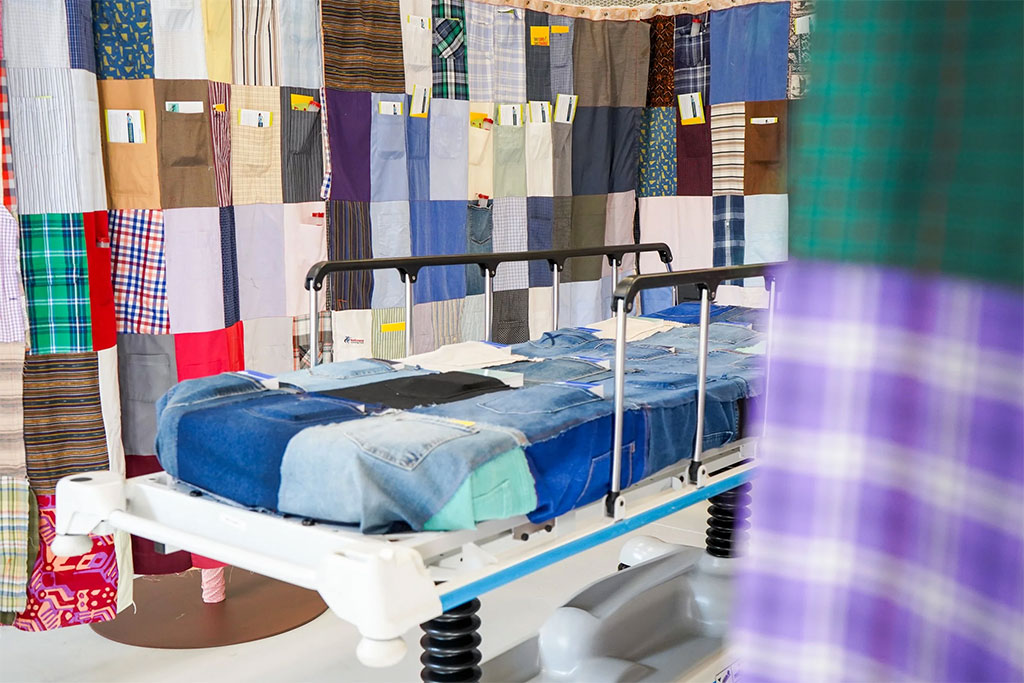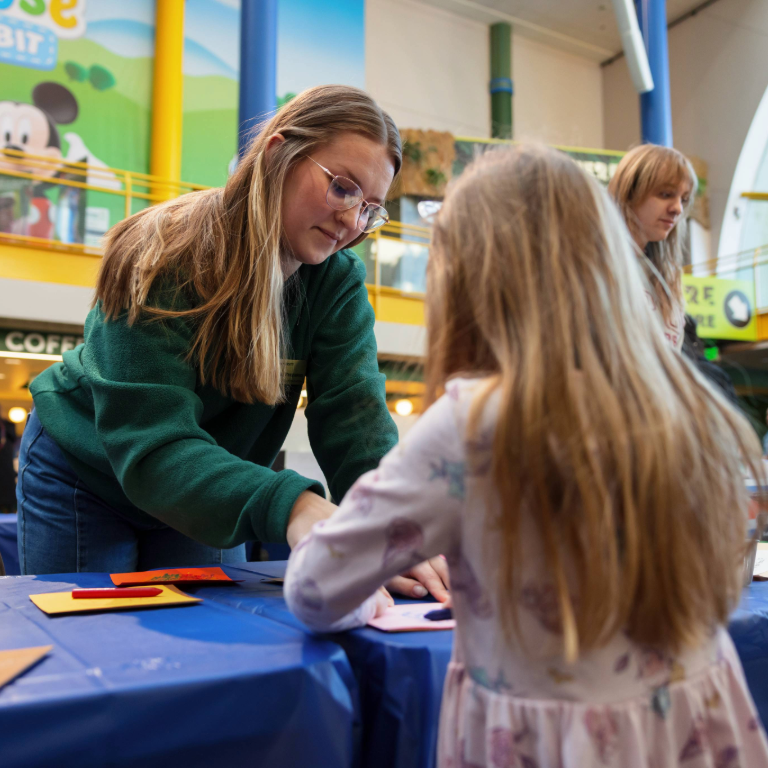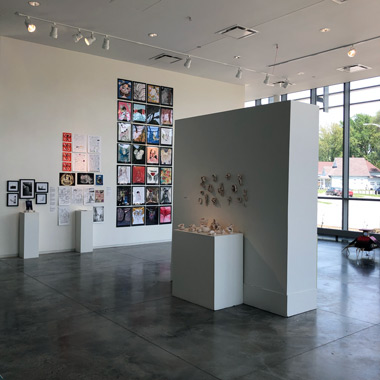This Q&A is part of a series of stories about Herron's Distinguished Alumni Award recipients, their careers, and the impact they've had on their communities through exceptional practice and/or dedication to the school.
Philip Campbell (B.F.A. General Fine Arts '89)—a multidisciplinary artist, storyteller, and community advocate whose work centers on human connection—is Herron’s 2025 Distinguished Alumnus.
A creative problem-solving pioneer of the Indianapolis arts scene, Campbell has built a career rooted in challenging norms and driving change. Whether producing thousands of free cloth masks for his "Free PPE" stand during the pandemic, crafting cozy, Kevlar-lined stab-proof blankets for unhoused neighbors, or collaborating with medical institutions and grassroots organizations to amplify marginalized voices, Campbell’s work reflects a deep commitment to equity, empathy, and action. We are honored to celebrate Philip Campbell as the 2025 Herron Distinguished Alumni recipient.
HERRON: When you learned you were the recipient of this year’s award, you expressed surprise. Why is that?
CAMPBELL: I went to Herron and graduated in 1989, and I haven’t really been involved with Herron since.
HERRON: How did your own journey influence your art and lead you to the work you do today?
CAMPBELL: I’ve always had this left-brain, right-brain thing. I had a gallery, consulted for corporations, curated exhibits, and ran art programs—I always had something going on.
I’m 16 years sober and never shy about sharing that. I started making work about my recovery and stories from [12-step] rooms.
Making work in sobriety is very different. I had to start from scratch, and I think it took me five or six years to really regain my confidence again. After five years in the studio, I realized I needed to give back. I learned about peer recovery coaching, took classes, and applied for what I thought was a part-time job—it turned out to be a role as liaison between [Indianapolis Emergency Medical Services], Midtown Mental Health and [Sidney & Lois Eskenazi Hospital's Michael & Susan Smith Emergency Department]. I didn’t know if I wanted it, but I fell in love with the work.
We provide wraparound services for anyone in the emergency room with a substance use disorder—insurance, recovery housing, Narcan, food, clothing, and more. When I started, we saw 30 patients a month. Last month, my team had 439 encounters. Now we help anyone with substance use disorder and address social determinants of health to give people a good start.
HERRON: How did your time at Herron shape your approach to art?
CAMPBELL: My freshman year was amazing—I got pushed to use all these different materials, and it was a lot of fun. When it came to painting, they wanted oils and real-life stuff. I was airbrushing big paintings in my basement, and they were so against it. So I painted these Bob Ross oil landscapes—really horrible. Peg Fierk got so mad she said, ‘Go home, do what you do, and bring it back in a month.’ From then on, I had independent studies in painting.
I had amazing professors—Robert Egerton, Robert Berkshire, Peg Fierk, Steve Mannheimer, and David Morrison. I loved printmaking with Morrison; he’d assign different methods for each drawing, which opened my mind to new ways of making things. Berkshire would sit in class and draw the figure with us—no outlines, just light and dark. Watching him work was incredible.
Many years later, I opened my gallery and showed Berkshire's charcoal figure drawings that had never been shown before.










